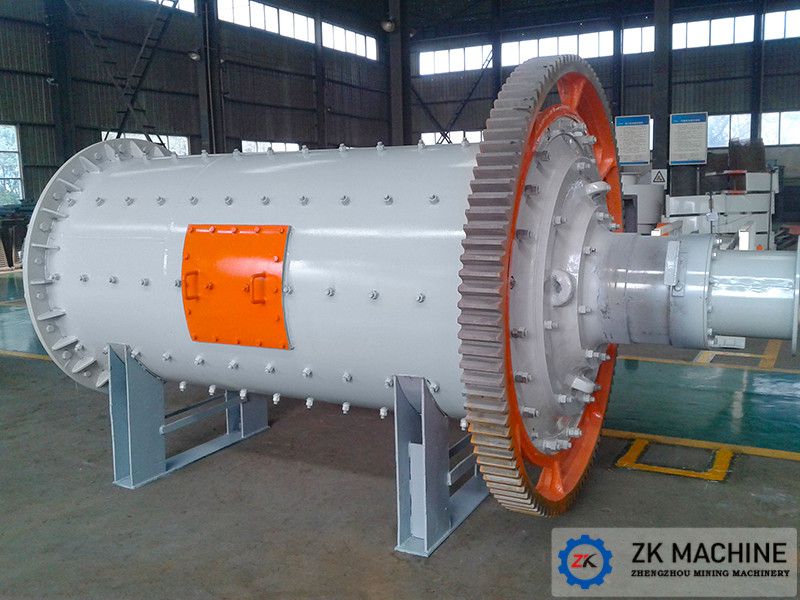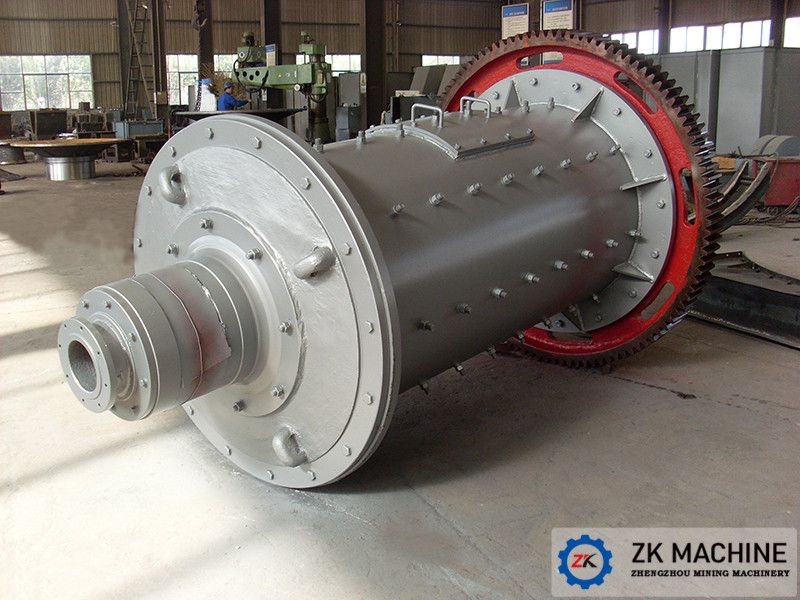✔ Rod Mill Overview
A rod mill is industrial grinding equipment that utilizes steel rods as the primary grinding media within its rotating cylinder. Designed for reliable material reduction, rod mills are commonly configured as wet overflow-type machines and widely used in: Artificial stone sand production/ Mineral processing plants/ Chemical manufacturing/ Power generation facilities
✔ Key Features of Our Rod Mills
1.Dual production modes: Available in dry and wet processing configurations.
2.Comprehensive range: 15 standardized models to match diverse operational needs.
3.Motor power: 22 kW to 2,000 kW for scalable performance.
4.Processing capacity: Handles material throughput from 0.62 to 250 tons/hour.
5.Overflow discharge design: Ensures efficient grinding and consistent output.
✔ Working Principle
Rod mills operate similarly to ball mills but differ in grinding media and material interaction:
1. Grinding mechanism:
Rod mills: Steel rods cascade inside the rotating cylinder, crushing materials through line contact. This produces uniform particle sizes with minimal overgrinding.
Ball mills: Steel balls or segments grind materials via point contact, suitable for finer pulverization.
2. Material processing:
The rotating cylinder lifts rods and materials, creating a cascading motion that crushes particles at the cylinder’s base.
Ideal for coarse to medium grinding where material shape retention is critical (e.g., avoiding excessive fines).
✔ Applications
1.Primary/secondary grinding of ores (e.g., tungsten, tin).
2.Artificial sand manufacturing for construction.
3.Slag processing in metal recycling.
4.Raw material preparation in cement and ceramics.
✔ Advantages
1. The characteristic of the rod mill is that during the grinding process, the grinding medium is in linear contact with the ore, so it has a selective grinding effect;
2. The product particle size is relatively uniform, and there are fewer over-crushed ore particles;
3. When used for coarse grinding, the processing capacity of the rod mill is greater than that of the ball mill of the same specification, and vice versa;
4. Stable operation, energy saving and consumption reduction, and high output;























